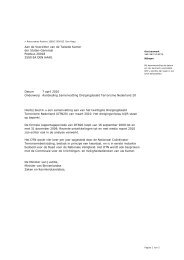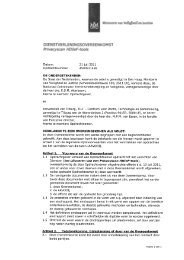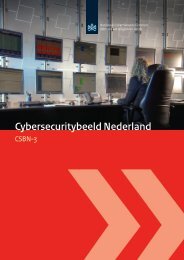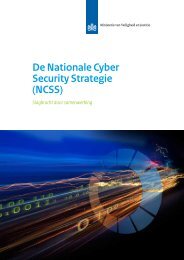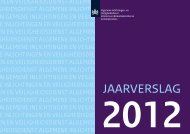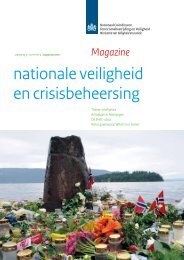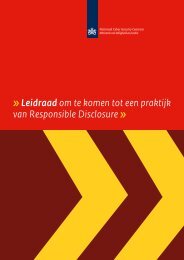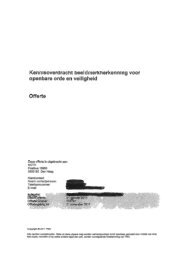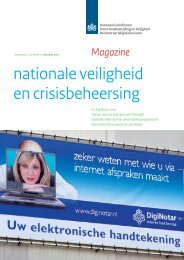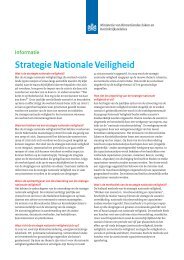Countering Violent Extremist Narratives
Countering Violent Extremist Narratives
Countering Violent Extremist Narratives
- No tags were found...
Create successful ePaper yourself
Turn your PDF publications into a flip-book with our unique Google optimized e-Paper software.
8 <strong>Violent</strong> Radical Content and theRelationship between Ideologyand Behaviour: Do Counter-<strong>Narratives</strong> Matter?Max TaylorDirector of the Centre for the Study of Terrorism and Political Violence and the E-Learning programmeat the University of St. AndrewsGilbert RamsayTeaching Assistant at the Centre for the Study of Terrorism and Political Violence at the University ofSt. AndrewsIntroductionWe generally assume that there is some relationship between ideology and behaviour; that relationshipmight variously be in terms of ideology motivating the individual along certain directions, providing arational for some course of action, or in a direct sense influencing not just intention, but action. Furthermore,within the area of political violence, we frequently take for granted that political ideology ‘causes’– albeit in an unspecified way – problematic violent behaviour such as terrorism. We have even invented aterm – radicalisation – that appears to describe the process whereby that influence occurs. This paper willexplore some of these concepts, and analyse how they relate to extremist narratives and possible counternarratives.A common and broadly reliable observation can begin our discussion. Terrorists and those who arepolitically violent tend to have in their possession upon arrest material (in the form of print, images ordigital material) that relates to expressions of ideology that are linked to their violent behaviour. In thecase of the Islamist radical, for example, it is not unusual to find books, sermons and perhaps pamphletsand images that describe and illustrate the particular kind of religious ideology the offender is associatedwith, and which frequently make reference to violence as a ‘desirable’ or necessary quality. The samematerials are used to proselytise and attract the faithful to the particular point of view. In contemporaryterms, the most likely source for this material is the Internet, especially amongst the young, although olderpeople, or people in areas not well served by the Internet, might acquire such material on audiotapes,videotapes or books.In this paper we will primarily focus on the Internet, although the discussion is more generally applicable.Our concerns arise, on the Internet or with other forms of media, not about content per se, but when it isin some sense thought to be problematic. As we noted above, our particular problematic issue (amongstmany) concerns terrorism and political violence and relates to the process we assume is causally relatedto this. However, an important initial point to make is that this is just one case of a more general concernabout problematic content and its relationship with Internet use and content. Pornography, gambling andhate activities are other examples of problematic content that are also assumed to relate to behaviour. It isfurthermore important to note that our concerns are also not particularly to do with the medium per se(books, the Internet), but the use to which we put that medium, which in the case of the Internet is alsoa communications system, and also as the platform on which user activity of the enormous range ofapplications can function and gain value and utility. Whilst it might be said for other media, Internet use isoverwhelmingly instrumental, and is closely connected to the concerns of the everyday life of users; family,friends, work and leisure. 1 This instrumentality above all shapes what we do on the Internet and how weuse it. But this flexibility also means that the Internet can facilitate, or make more likely or privilege, somekinds of behaviour, problematic or otherwise.To develop our thoughts on this, in what follows we will first of all examine how we will recogniseradicalisation, problematic content related to it, and the potential relationship between that content andproblematic behaviour. We will only then, having established a framework to work from, examine whatcounter-narratives might mean.9495



